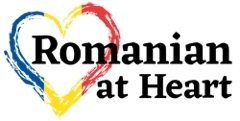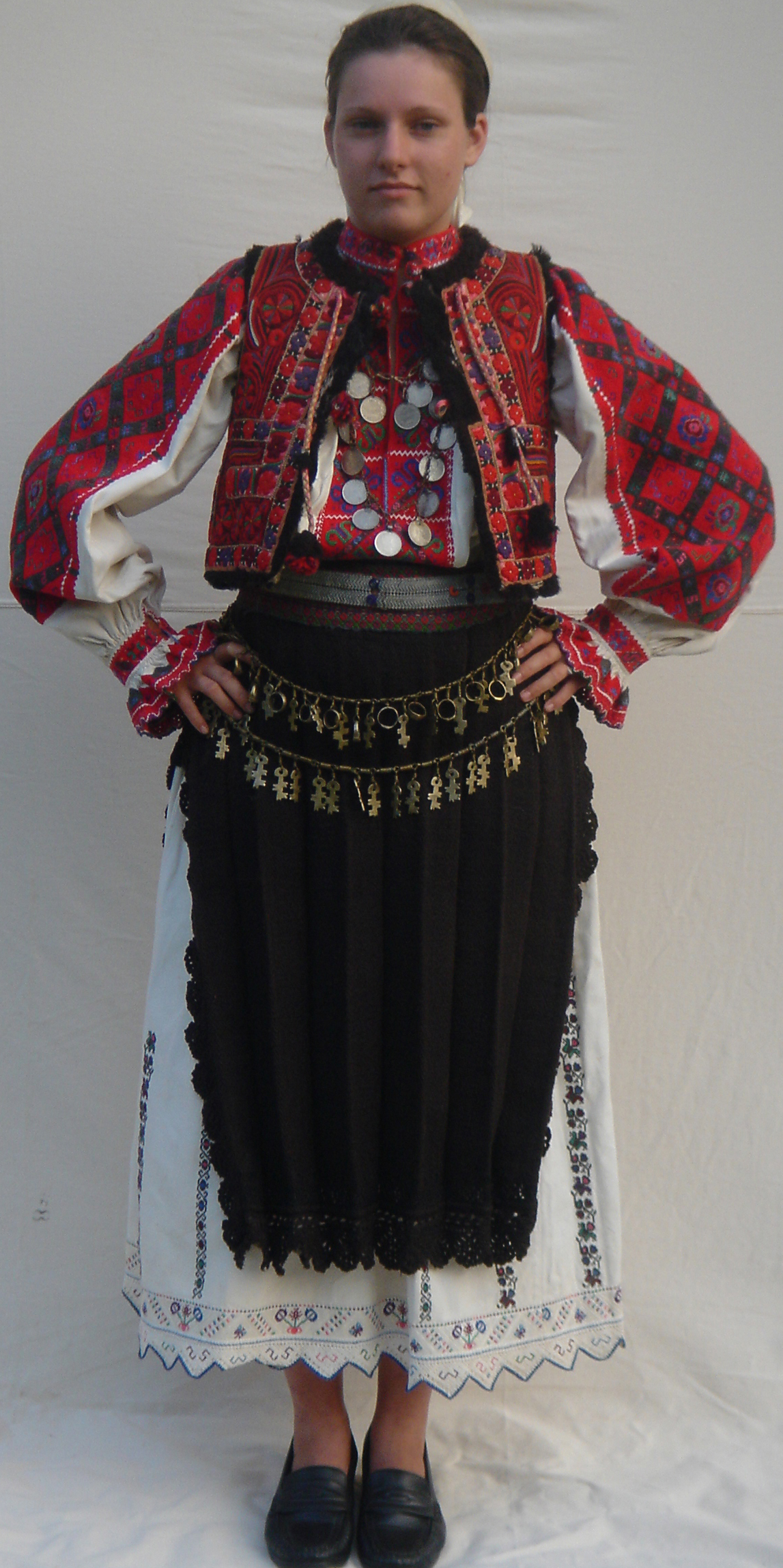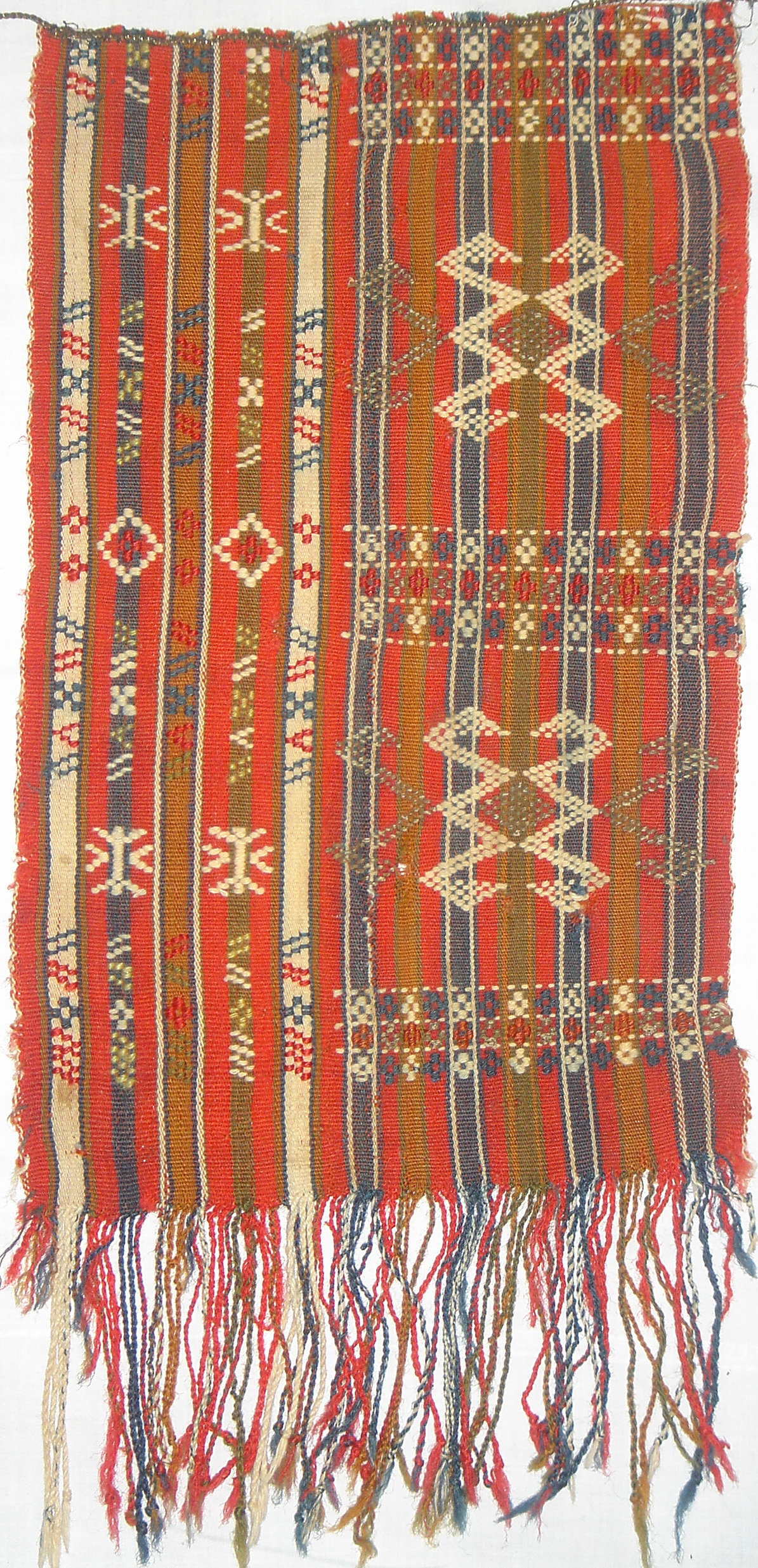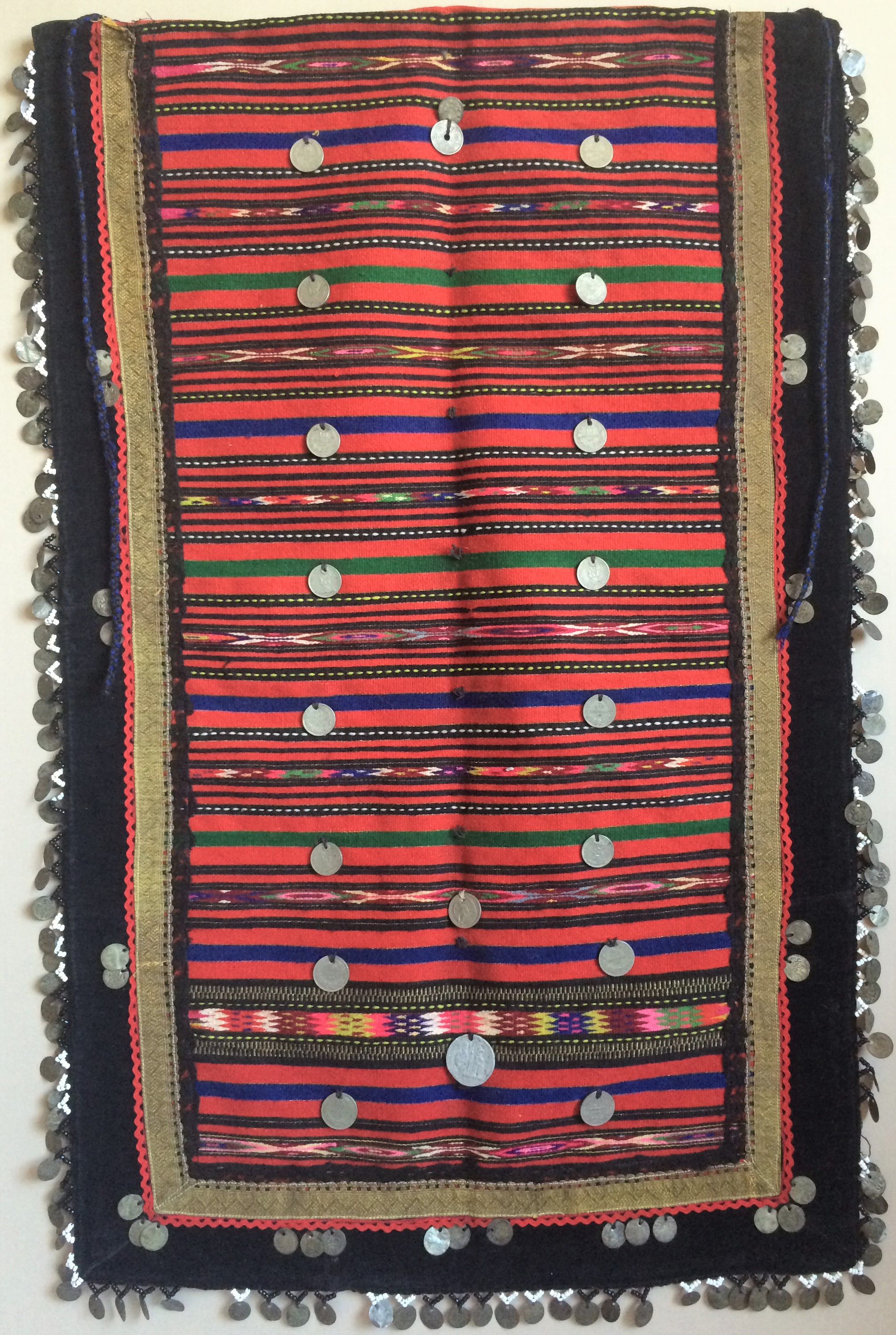An Interview with Conservator and Curator Florica Zaharia, Acclaimed Textiles Expert and Passionate Promoter of Romanian Heritage
Author: Sonia Coman Ernstoff
Florica Zaharia spent twenty-eight years in the Department of Textile Conservation at Metropolitan Museum of Art in NY, thirteen as Conservator in Charge of the Department. She holds an MA with a specialization in tapestry and textile structure and design, and a PhD in visual arts with a focus on textile materials and technologies, from the Nicolae Grigorescu Institute of Fine Arts in Bucharest.
Photo: Florica Zaharia at the opening of the ALTICALSA Galleries at The Metropolitan Museum of Art, 2011.
She researched, published, lectured, curated exhibitions, and taught on the subjects of textile materials and technology, Eastern European textiles, and textile conservation and preservation. She retired from MMA in 2017 to Apuseni Mountains, in Hunedoara county, Romania, where she works to open a Textile Museum with family's private collection (Florica, Ana and Romulus Zaharia Collection, or FARZ) which she holds dearly.
Sonia Coman-Ernstoff: Florica, first of all, thanks for agreeing to an interview. Textiles are at the core of your rich career and lifelong passion. What drew you to textiles in the first place? What about textiles kept you curious throughout your ongoing engagement with the artistic and cultural dimensions of this universal medium?
Florica Zaharia: I grew-up surrounded by textiles and their home production, as generations of women in my family were weavers. Some women wove from necessity, as that was required in a traditional lifestyle setting, others, like my mother, Victoria Tripon, wove passionately, mostly for the creative aspect of the weaving. Wool and hemp fibers were produced at home, starting with the breeding of the animals and the cultivation of plants, followed by fiber extraction and spinning. Cotton was purchased in the market place. All these aspects of home textile production formed the foundation for what later became a profession and passion for me.
Studying tapestry and textile structure at university was a natural continuation of the experience and love for textiles I received at home. Later, having the chance to work with The Metropolitan Museum of Art's comprehensive textile collection was a continuous fascinating learning experience. It was at The Met that I began to see Romanian textiles in a larger context, and to understand the relationships among textiles produced by various cultures.
““I grew-up (e.n. in Romania) surrounded by textiles and their home production, as generations of women in my family were weavers. Some women wove from necessity, as that was required in a traditional lifestyle setting, others, like my mother, Victoria Tripon, wove passionately, mostly for the creative aspect of the weaving.””
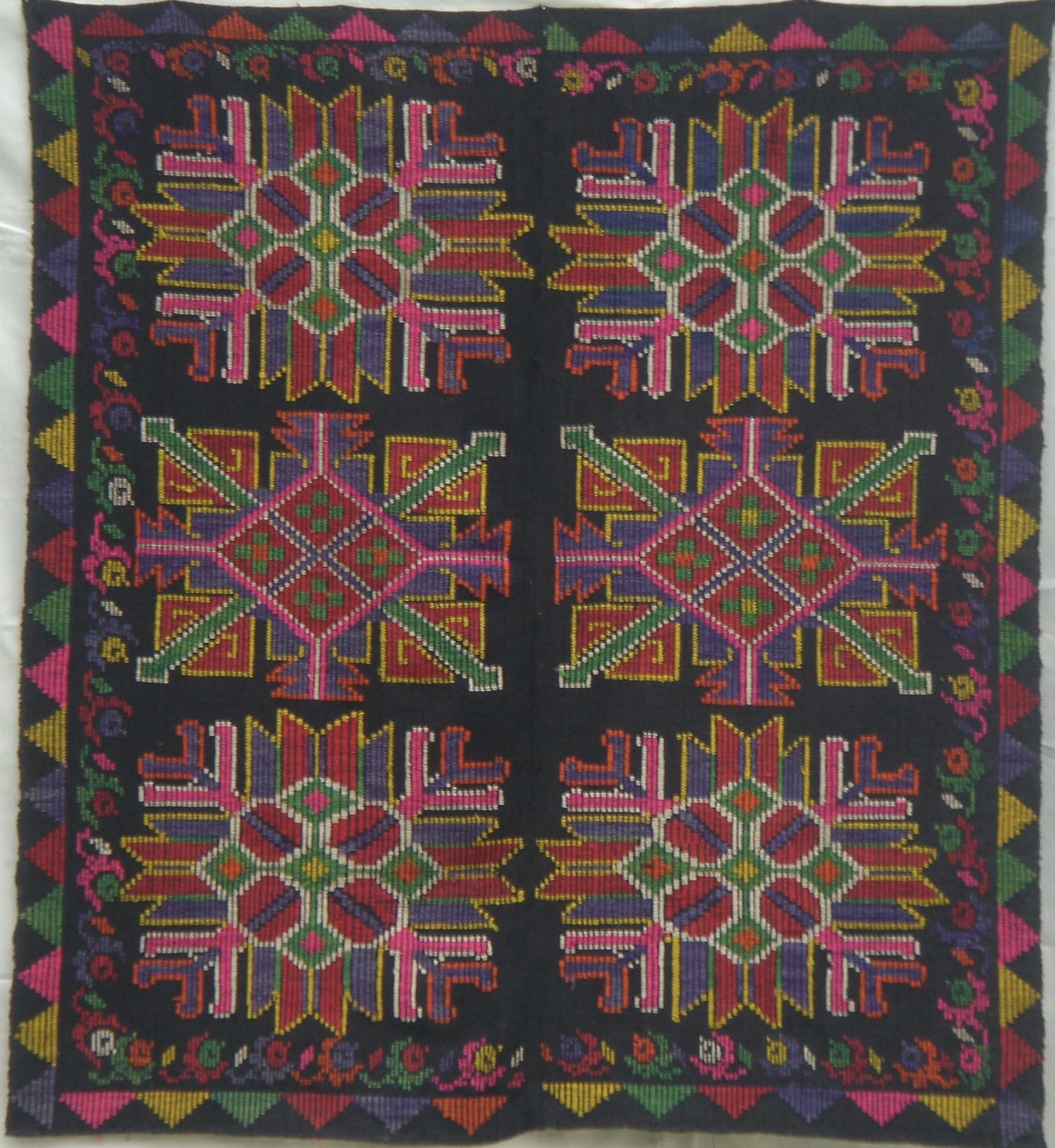
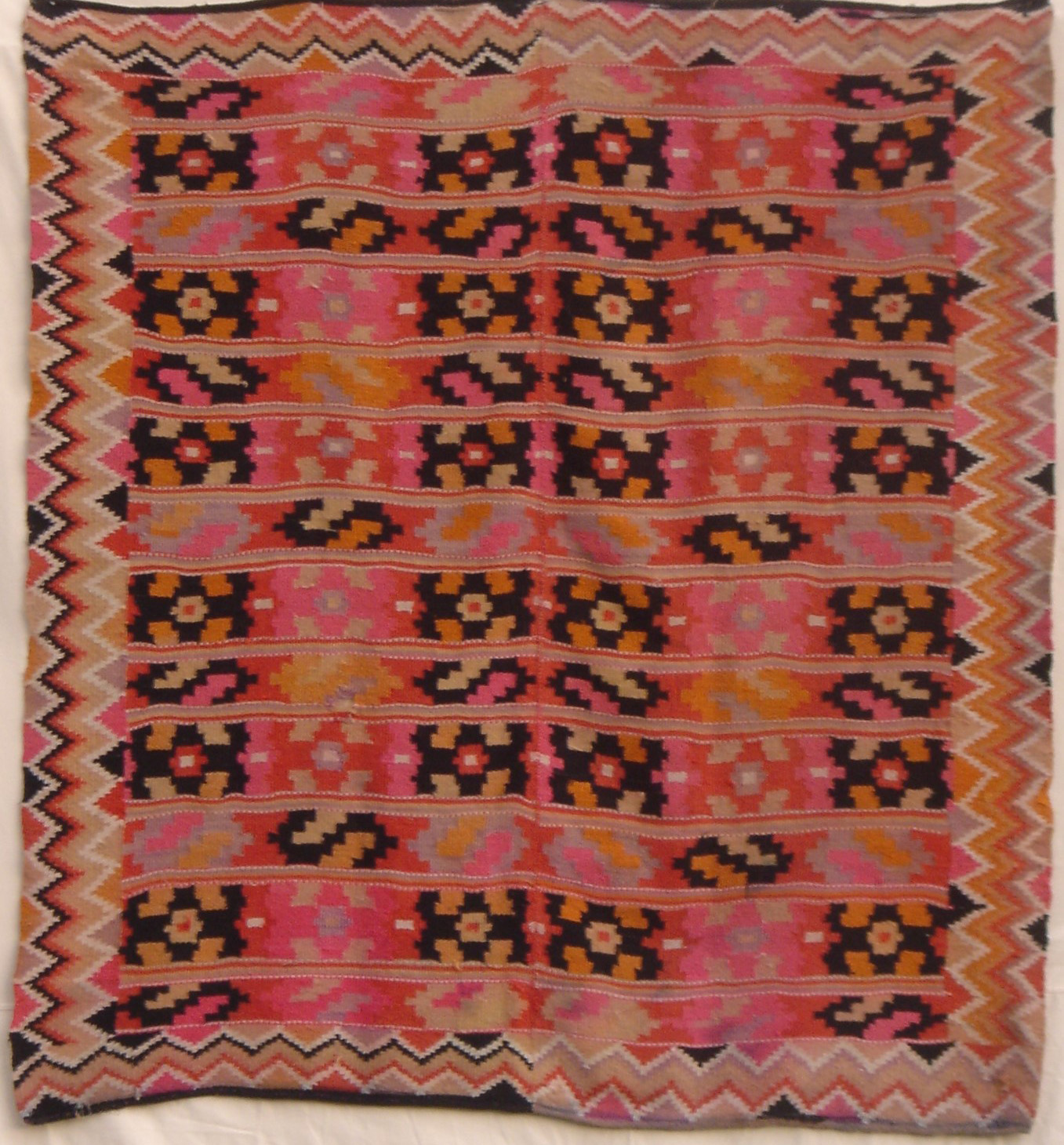
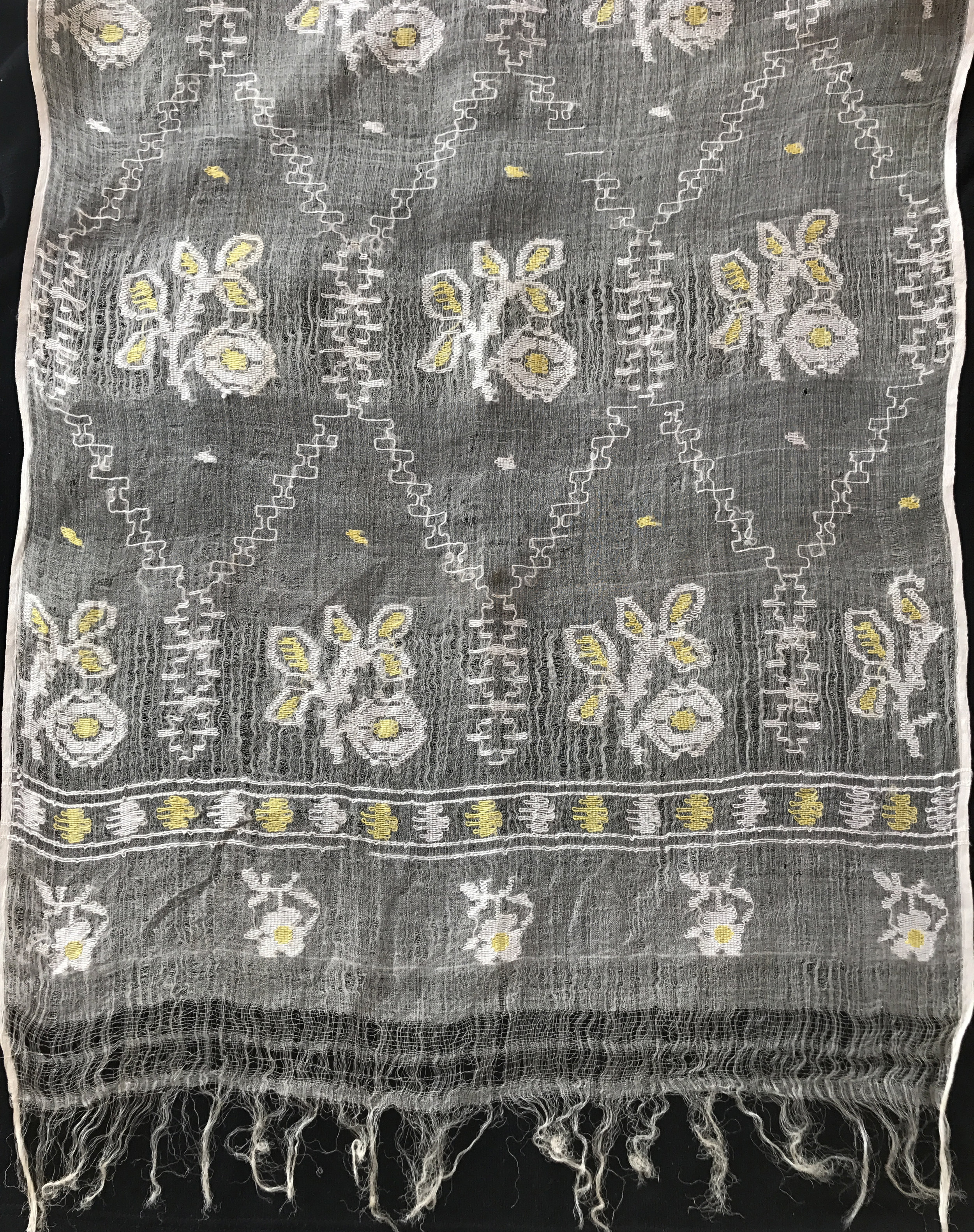
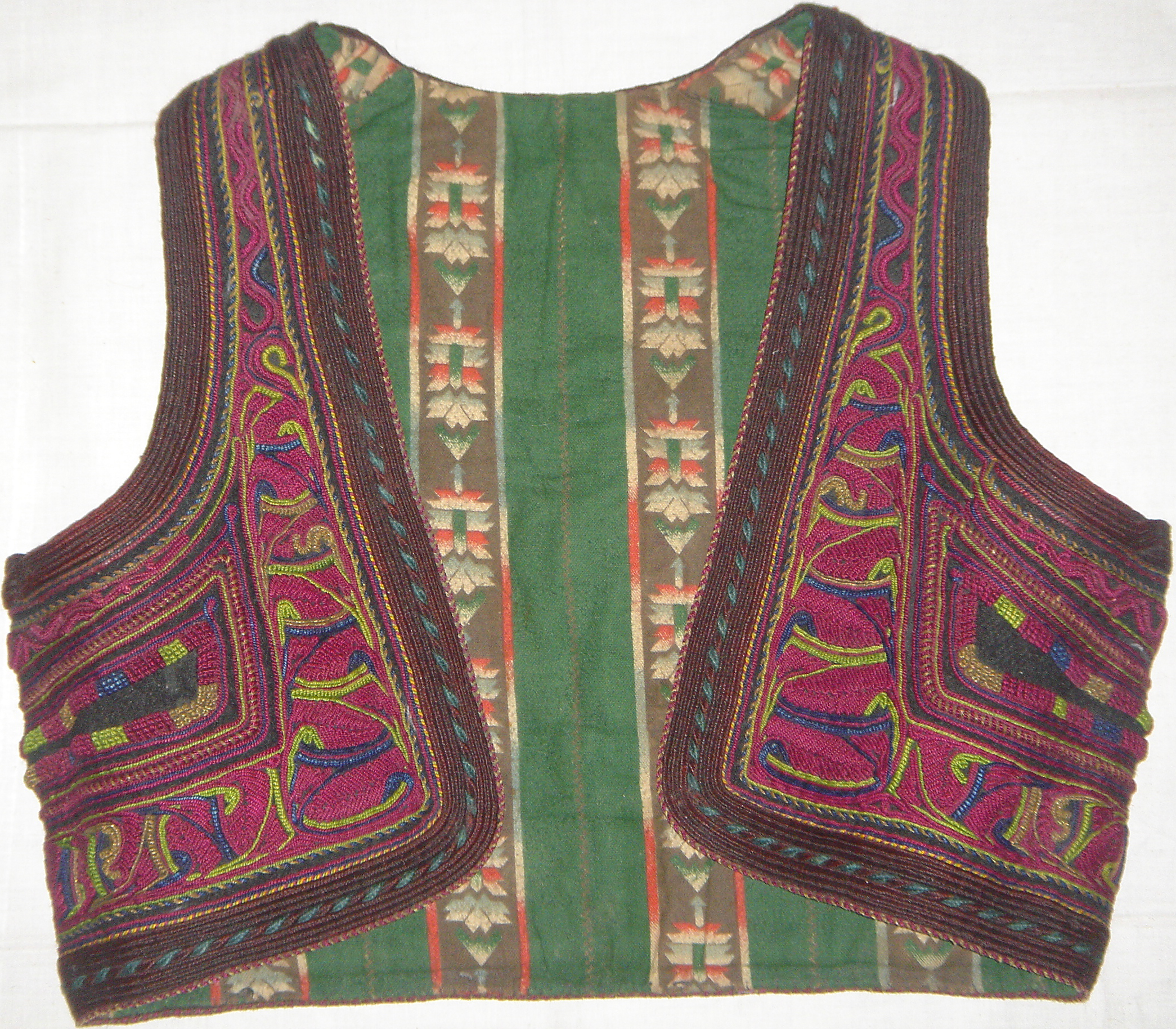
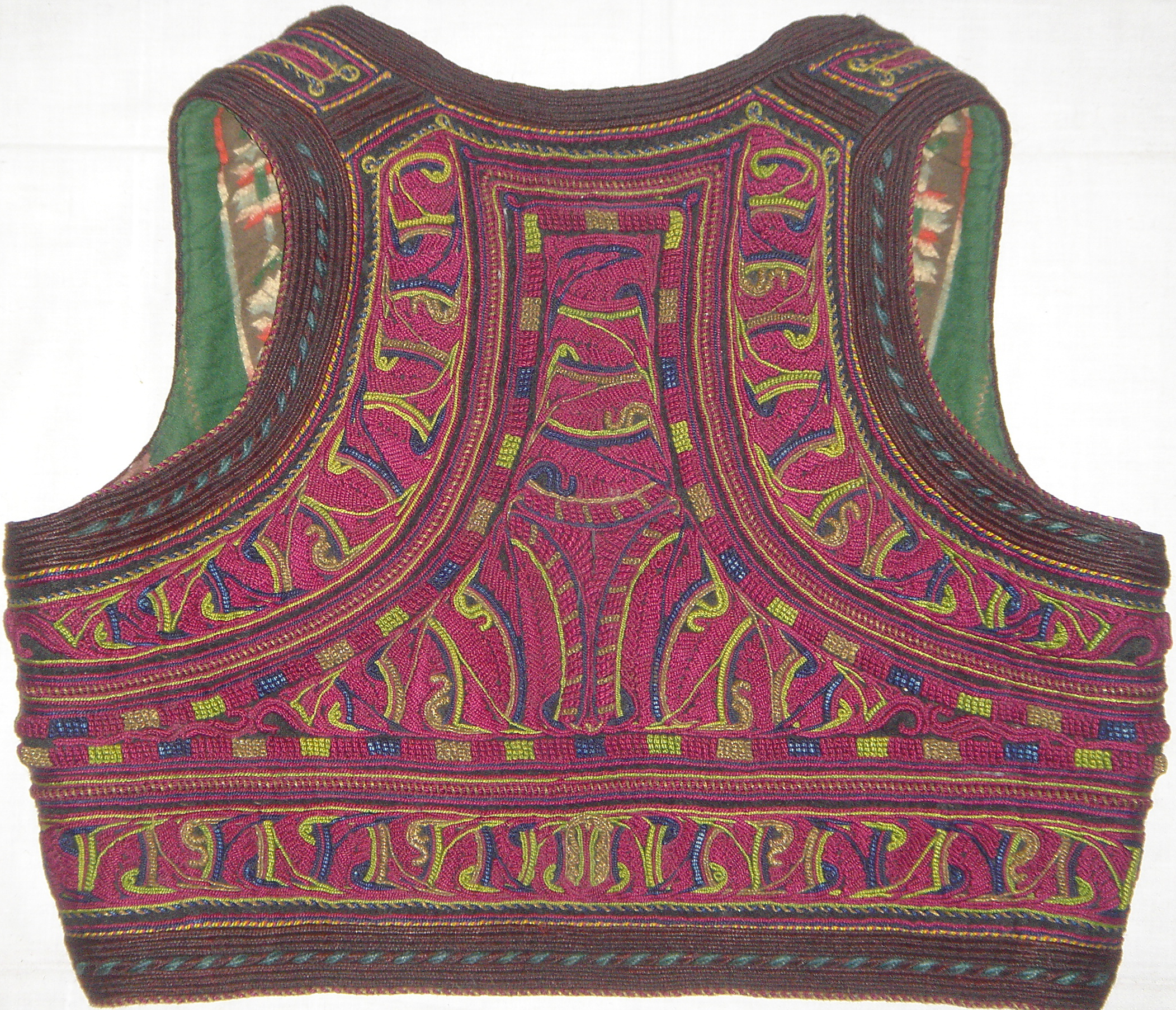
SCE: What are some of the highlights of your activity at The Met? I had the pleasure of seeing your two-part exhibition, "The Secret Life of Textiles "- "Animal Fibers" and "Plant Fibers". It took my appreciation of textiles to a whole new level. Would you tell us about this show?
FZ: I had twenty-eight years in the Department of Textile Conservation at The Met, thirteen as Conservator in Charge of the Department. During my tenure, I experienced various projects, the majority being focused on the conservation, technical investigation, preservation, and display of the Museum's textile collection. Notable are the conservation of the Museum's Medieval tapestries, the conservation, preparation for display and installation of textiles for the blockbuster tapestry shows, for the reconstructed galleries of the "Art of the Arab Lands, Turkey, Iran, Central Asia, and Later South Asia” (ALTICALSA), and for the "Interwoven Globe: The Worldwide Textile Trade, 1500-1800" exhibition.
During the last thirteen years of my tenure, as head of the Department, I had the privilege of leading the world's top textile conservation staff. Throughout that time, I considered it of utmost importance to continue and to refine the conservation and preservation methodology previously established in the Department, encouraging the dissemination of knowledge through publications, lectures, teaching, technical exhibitions, and strengthening the professional relationship with The Met's professionals and other experts in the field worldwide. On that level, one of my projects was initiating and co-coordinating the Museum's Exchange Program with Romanian museums. The program gave Romanian professionals access to the Museum's collection and work methodology, and introduced American experts to the Romanian heritage.
A major aspect of a textile conservator's job is gaining knowledge of textile materials and of the technological process of the materials becoming an artifact. Years of researching textile fibers in situ and carrying out analytical work using the latest high-performance equipment are needed in order to build this complex experience. After years of interest and experience in the subject, years of developing the Department's expertise in textile materials belonging to various cultures worldwide, the "Textile Fiber" exhibitions were a natural development. I was fortunate to collaborate with two of my colleagues from the Department, Minsun Hwang and Kristine Kamiya, in developing these exhibitions, and in analyzing and preparing for display textile materials from the Museum's collection together with fiber reference samples from the Department and our personal collections. Although small in size, these exhibitions displayed exceptional pieces produced around the world throughout history, including Romanian textiles. The two exhibitions were unusual because they evolved around a wide range of fiber material produced by various cultures, and systematically collected during our research in situ. Also, unique and well appreciated by the public, the press, and experts were the technical information and micro-photography of fiber morphology and textile structure presented in the exhibition together with the artifacts.
SCE: Another exhibition of yours that I thoroughly enjoyed is "Carpathian Echoes: Textile Material and Technology in the Carpathian Mountains of Romania and Ukraine." This project epitomized your passion for Romanian textiles. Please tell us more about that.
FZ: This exhibition was the result of collaboration with the Ukrainian Museum (UM) in New York. I co-curated the exhibition with Lubow Wolynetz. The UM's collection of Ukrainian textiles and costumes represents well the areas of Ukrainian Carpathians. For the Romanian Carpathians, my family's private collection (Florica, Ana and Romulus Zaharia Collection, or FARZ) was used. The idea of the exhibition evolved from my long-time interest in seeing the relationship among textile materials produced by the home industry of various groups of populations from the territories of Central and Eastern Europe. The exhibition was the beginning of a larger research project that will generate a series of exhibitions emphasizing the specifics of textile production of Central and Eastern European territories, and will develop in the coming years.
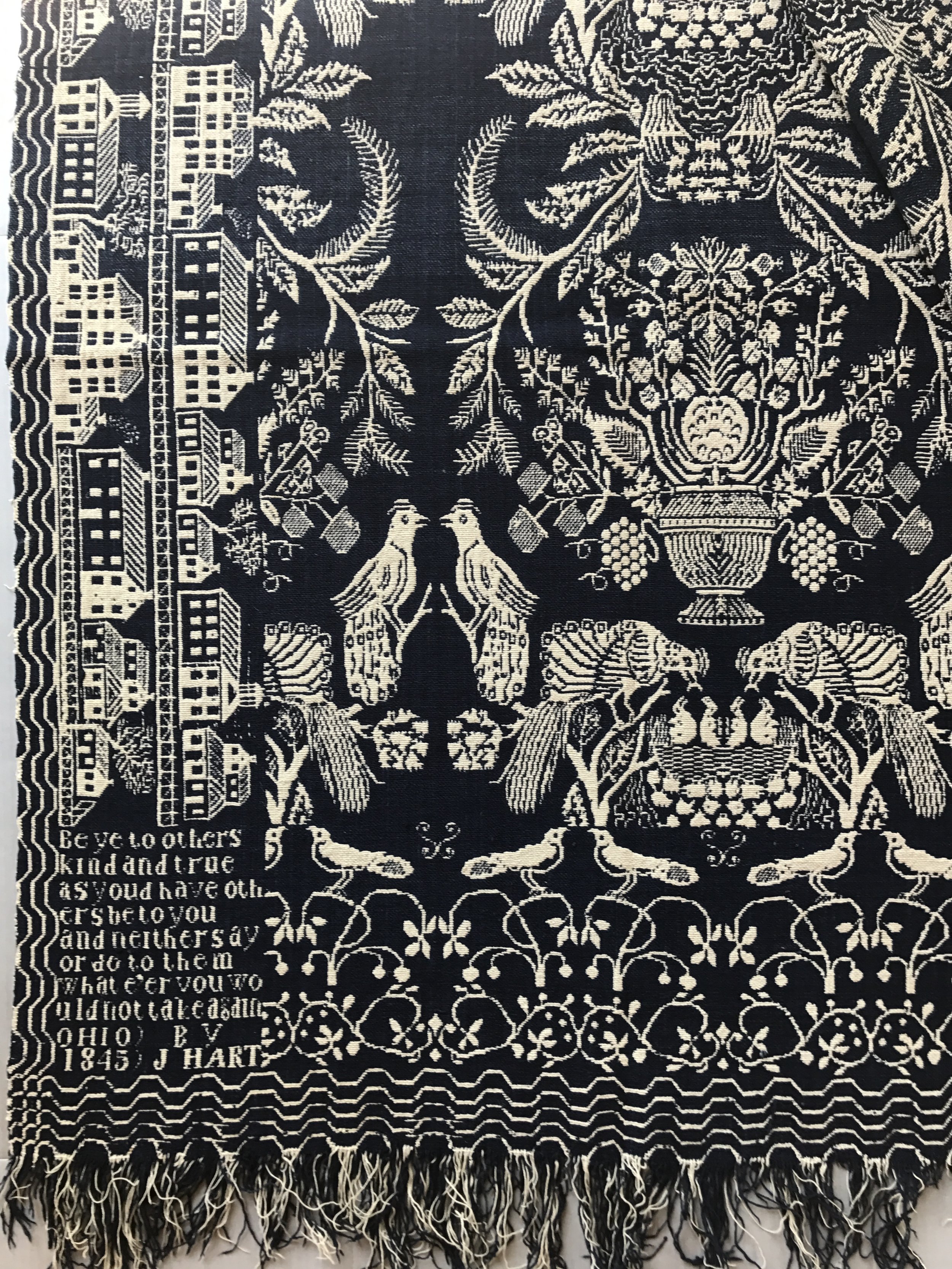
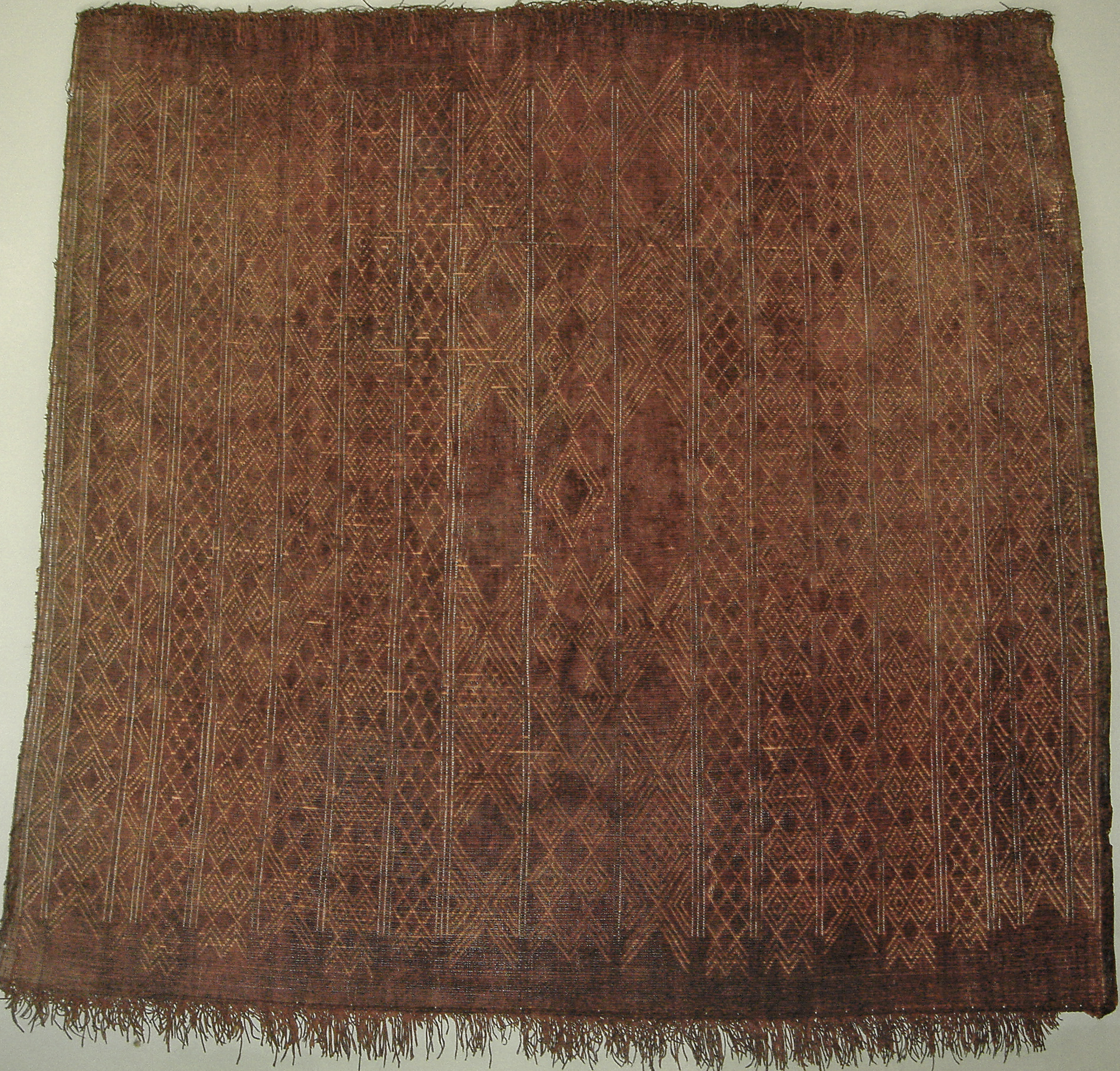
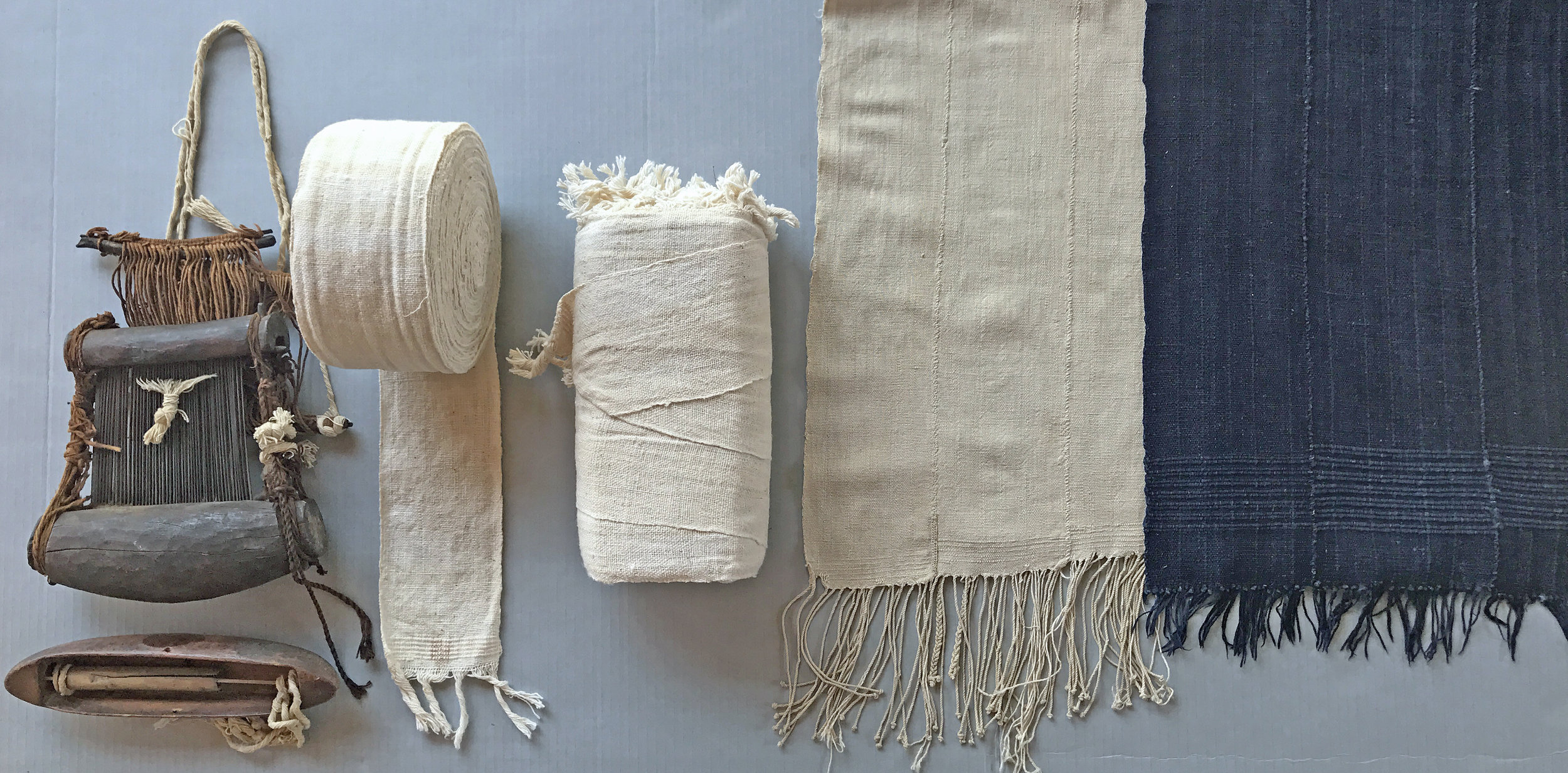
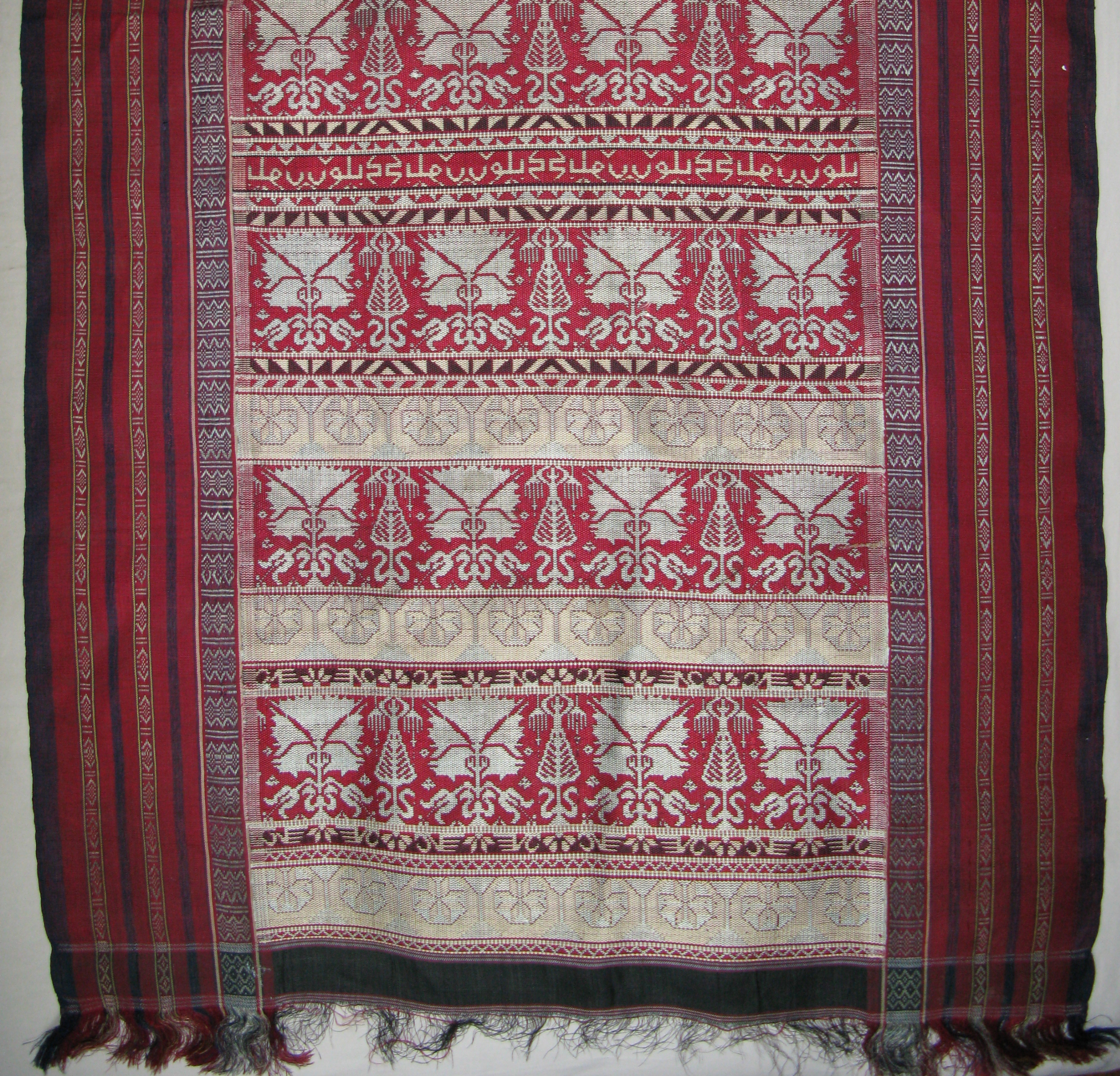
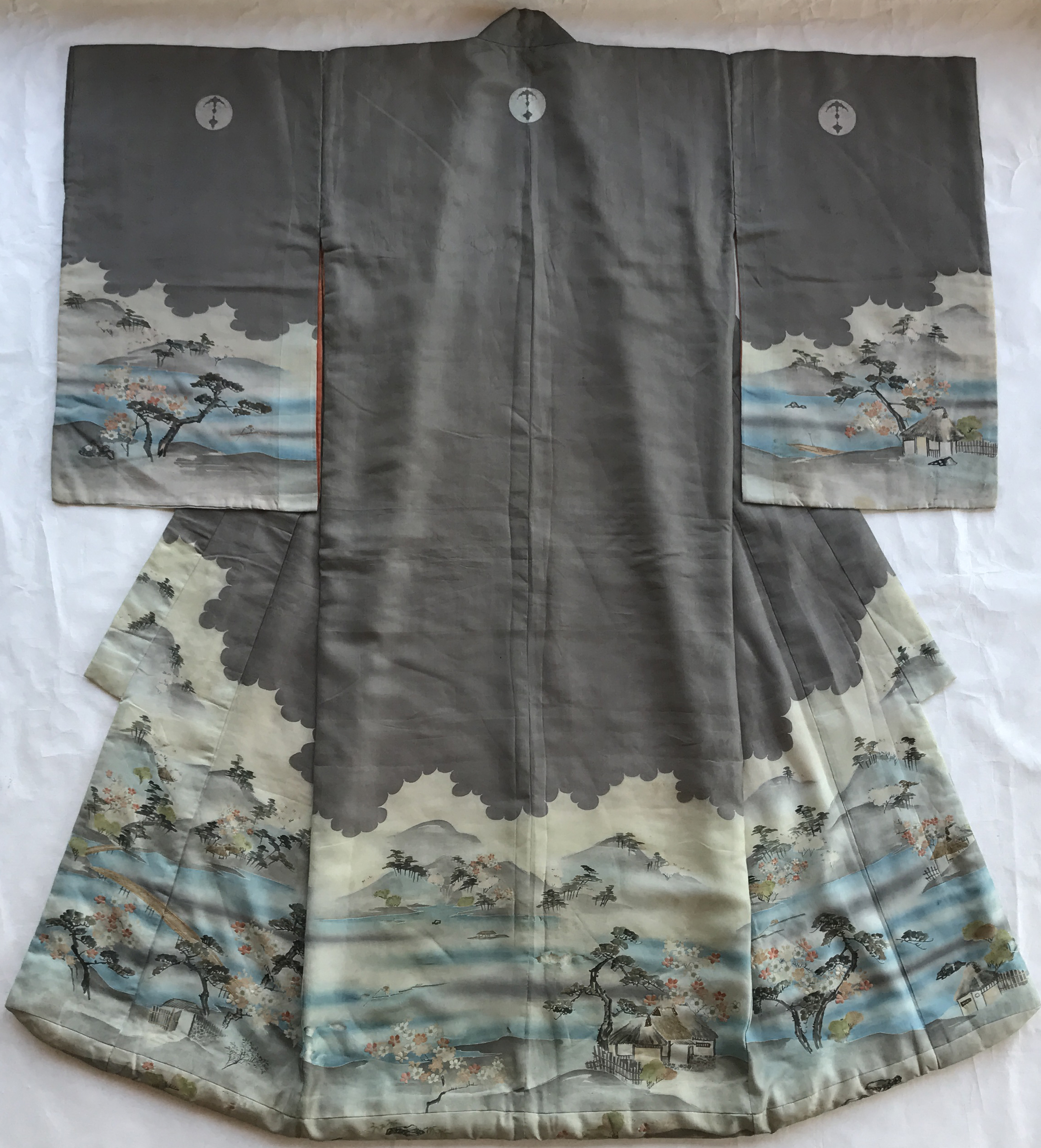
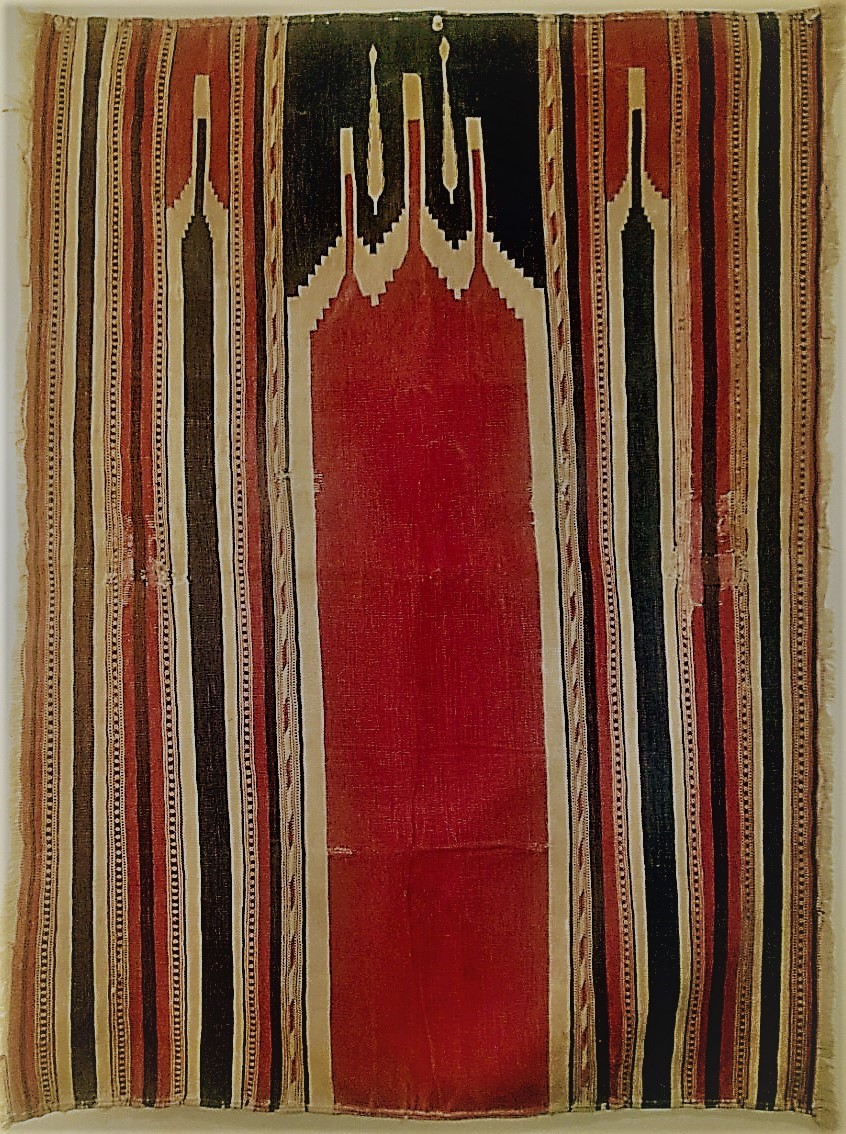
SCE: As an expert and lover of textiles, you have formed an extraordinary collection that is soon to become the core of a brand new museum in Romania. Would you share the story of how this project came about? When will the museum open and what are some of the highlights we can expect?
FZ: The idea of the textile museum as a place for preservation of and research on textiles evolved over the last few decades. What started during the seventies with collecting a few Romanian textiles, simply for their beauty, developed into a collection systematically formed and focused on the technical aspects of textiles produced worldwide. A textile museum located in Eastern Europe seemed opportune, since museums with global textile materials are missing in this area.
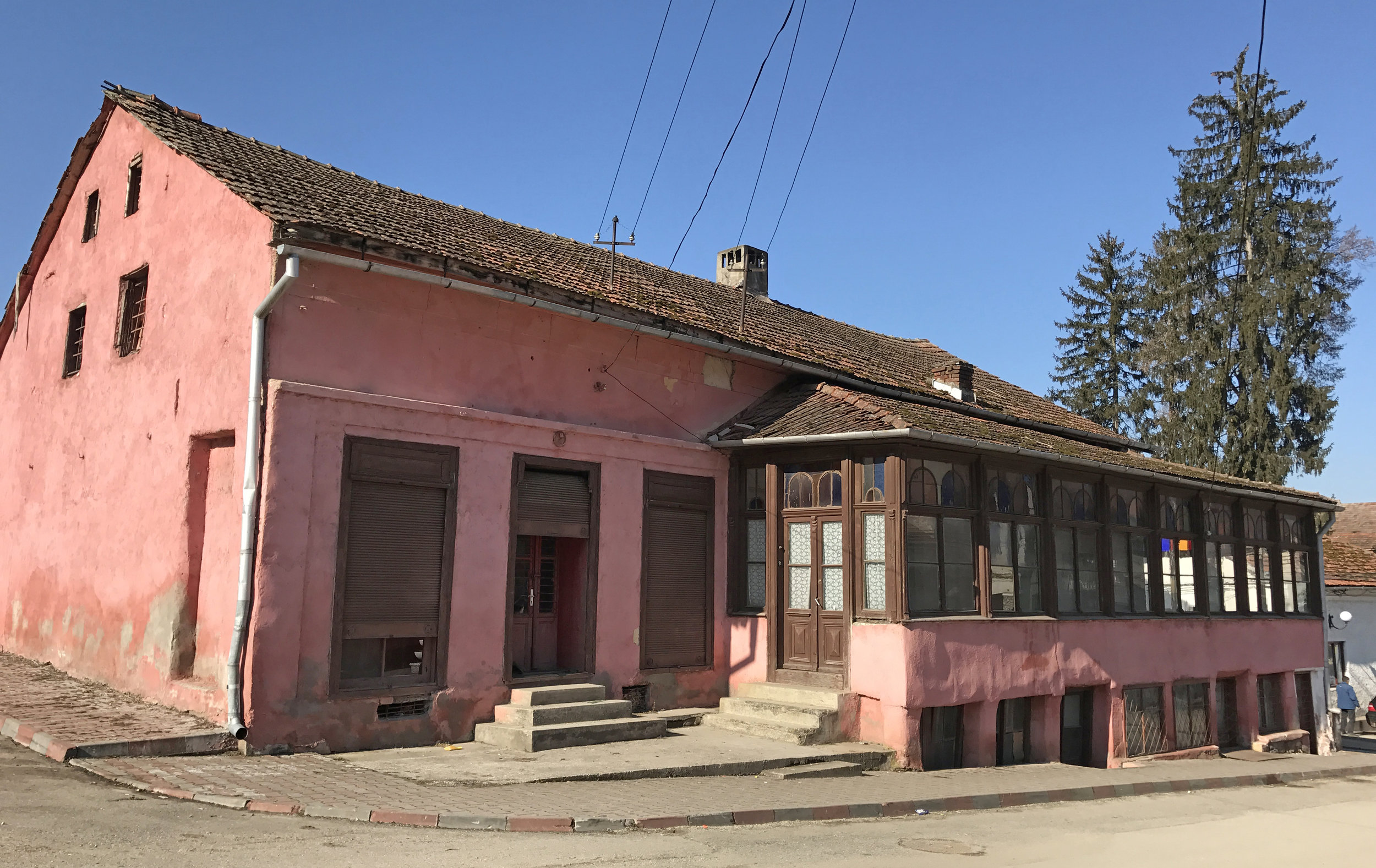
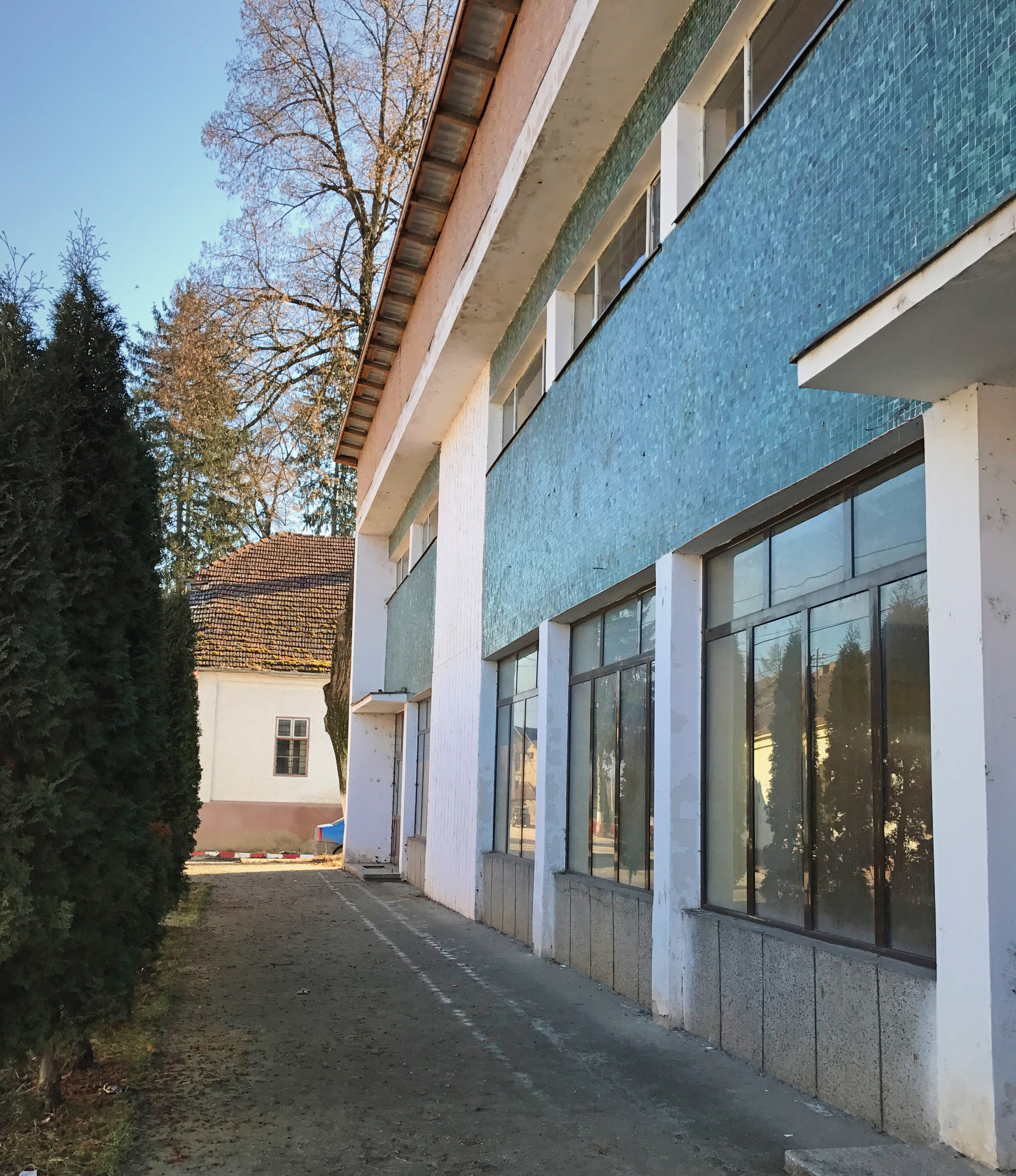
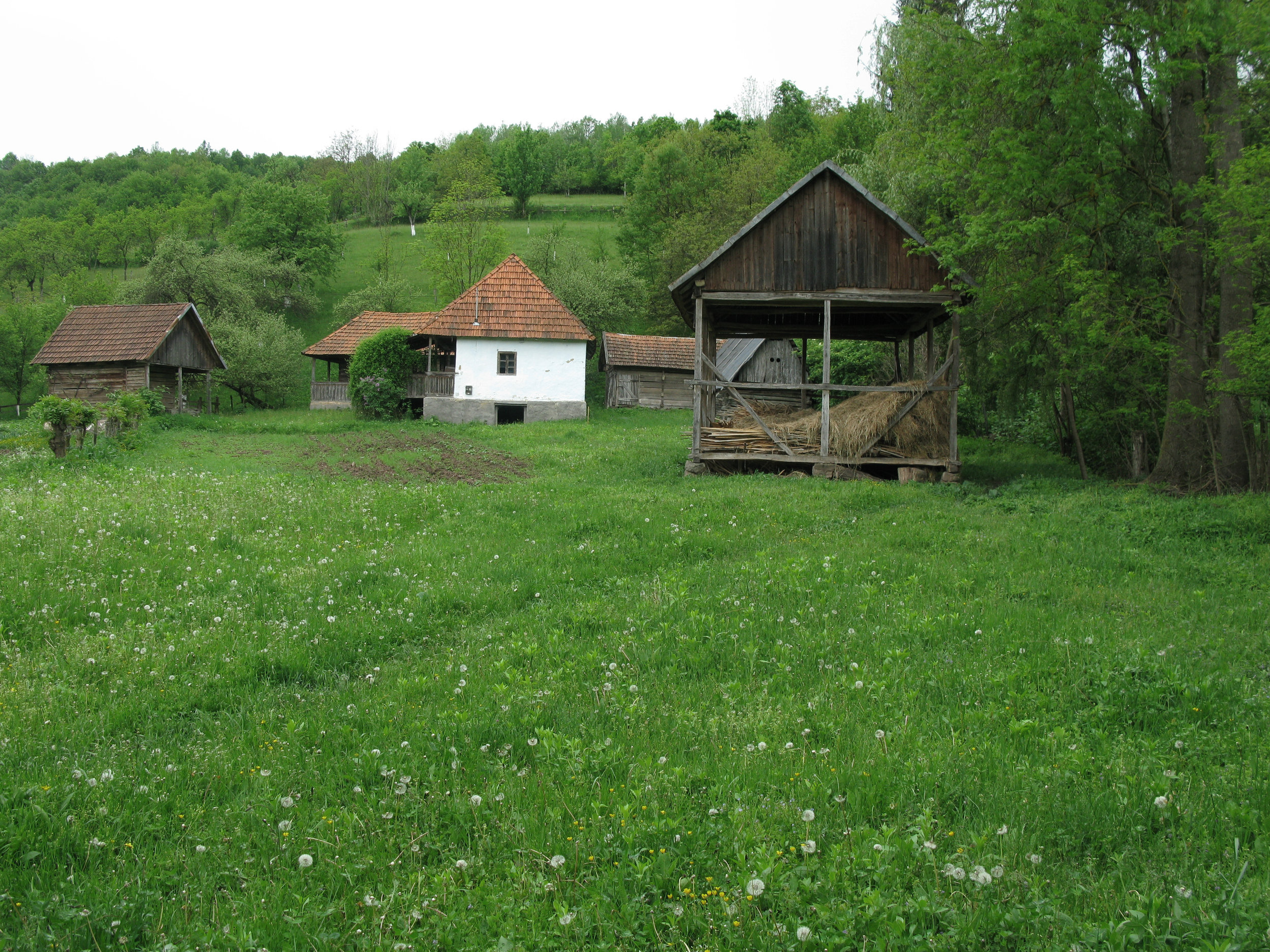
FZ: The museum's mission includes preserving, collecting, researching, and sharing with the public and specialists. The focus of the collection is Eastern and Central European textiles and their related technologies, presented in a global context. Other objectives are to create a center for research and professional interaction among experts and young professionals from the national and international community; and to stimulate the appreciation of textiles as art. The Muzeul Textilelor (Textile Museum) will open at three locations, two in Baita and one in Hartagani village, all in Hunedoara Region, Romania. The Museum's main location will be in Baita, in a mid-nineteen century historic house that is currently under restoration. The house's garden will be made into a tinctorial and textile fiber related garden. For the location of the administrative spaces, laboratory, conference space and an art cafe, presently, a sixties building is being renovated. Textile production typical of Hunedoara Region will be exemplified by artifacts and by a textile fiber related garden, displayed and cultivated in a 1902 farm house in Hartagani village. Our aim is to open to the public two of the locations during the spring, 2018. At the same time, pieces from the FARZ Collection will be displayed at the ASTRA Sibiu, in the "Opposite Cultures-Traditional Costumes of Romania and Japan" exhibition. I will co-curate the exhibition with Midori Sato, my colleague from The Met. We aim to complete the restoration of the historic house in 2018, and to open it to the public in 2019. The Art Cafe program will begin this fall. The objective of its program is to work with the younger generation in textile art related activities.
SCE: Florica, thank you so much for your time! We look forward to follow your continued work.
